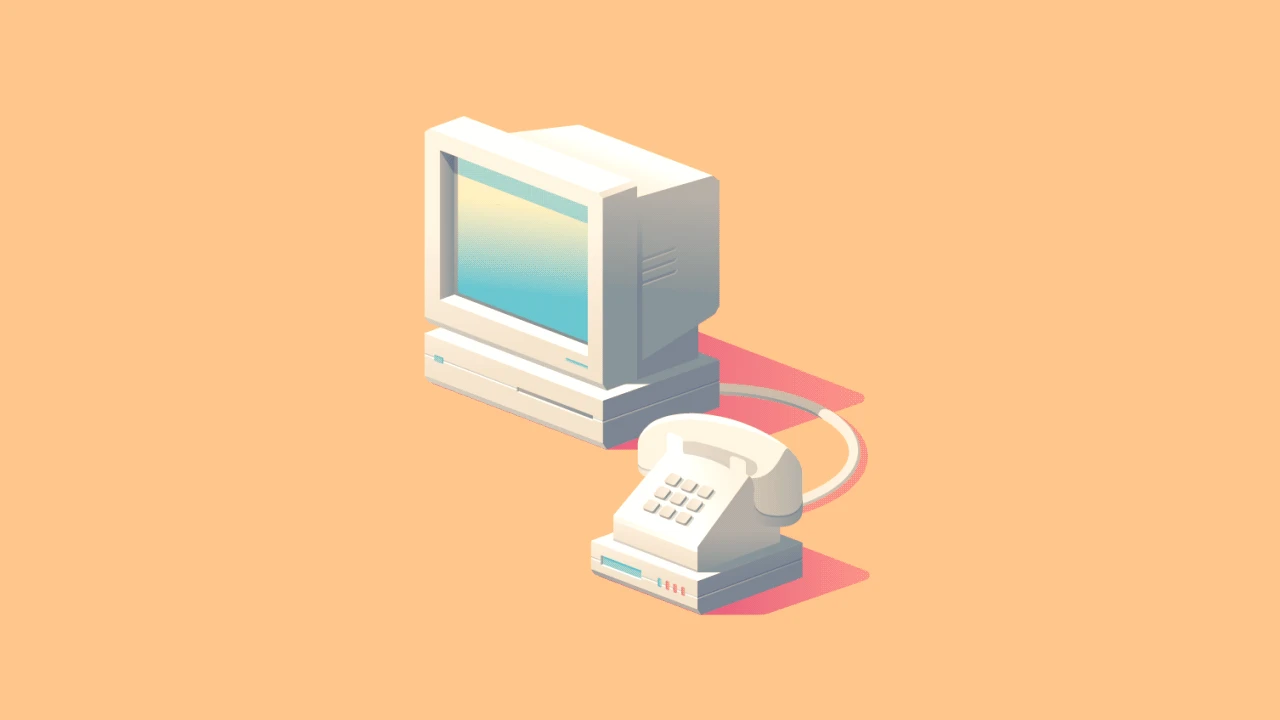AOL, known for its iconic crackling voices that connected millions of homes during the internet’s infancy, announced that it will discontinue its dial-up service as of September 30th. This iconic technology is being replaced by modern, fast broadband access.
Once the world’s largest internet provider, AOL told CBC News that it will continue to innovate to adapt to the changing needs of the digital age.
So, who used AOL dial-up?
The discontinuation of this service will affect the small number of subscribers in Canada and the US who still use dial-up. Technology analyst Carmi Levy notes that this could be particularly distressing for users in rural and remote areas. “There are still areas in many rural areas of Canada that lack access to reliable, high-speed internet. For them, dial-up was the only alternative,” Levy says.
According to data from the Canadian Radio-television and Telecommunications Commission (CRTC), 95% of Canadians had access to high-speed internet in 2023, while neighborhood network subscriptions accounted for only 0.1% of all residential internet subscriptions. A similar picture emerges in the US. In 2023, according to Census Bureau data, approximately 163,000 households used dial-up internet exclusively.
The abandonment of dial-up by major providers like AOL is forcing rural users to seek new solutions. Fiber-optic networks and satellite services like SpaceX’s Starlink are now the preferred choice for modern internet access. However, Dana DiTomaso, a technology analyst in Victoria, notes that even satellite internet may not always be reliable, especially in mountainous or heavily wooded areas.
While AOL’s decision marks the end of an era, it also serves as a testament to the rapid evolution of the internet.













